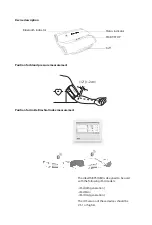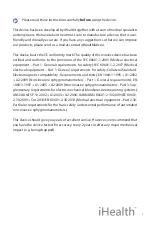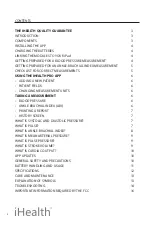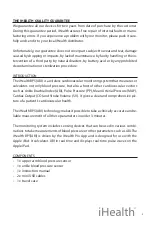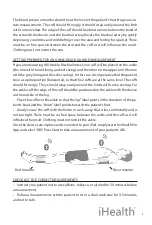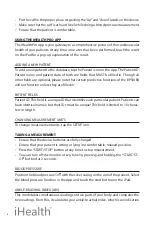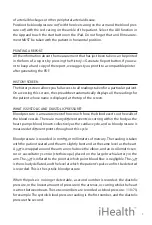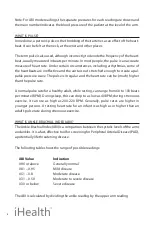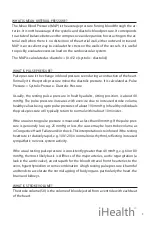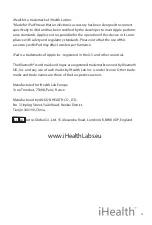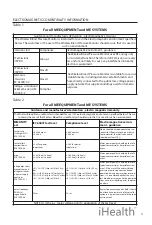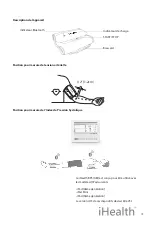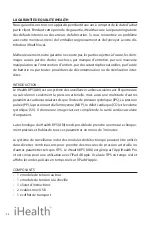
The term pulse is also used, although incorrectly, to denote the frequency of the heart-
beat, usually measured in beats per minute. In most people, the pulse is an accurate
measure of heart rate. Under certain circumstances, including arrhythmias, some of
the heartbeats are ineffective and the aorta is not stretched enough to create a pal-
pable pressure wave. The pulse is irregular and the heart rate can be (much) higher
than the pulse rate.
A normal pulse rate for a healthy adult, while resting, can range from 60 to 100 beats
per minute (BPM). During sleep, this can drop to as low as 40 BPM; during strenuous
exercise, it can rise as high as 200-220 BPM. Generally, pulse rates are higher in
younger persons. A resting heart rate for an infant is as high as or higher than an
adult's pulse rate during strenuous exercise.
WHAT IS ANKLE-BRACHIAL INDEX (ABI)?
The Ankle-Brachial Index (ABI) is a comparison between the systolic levels of the arms
and ankles. It is a fast, effective tool for screening for Peripheral Arterial Disease (PAD),
a potentially life threatening disease.
The following table shows the range of possible readings:
ABI Value
Indication
0.96 or above
Generally normal
0.81 – 0.95
Mild disease
0.51 – 0.8
Moderate disease
0.31 – 0.50
Moderate to severe disease
0.30 or below
Severe disease
The ABI is calculated by dividing the ankle reading by the upper arm reading.
8
Note: For ABI mode readings, the separate pressures for each reading are shown and
the main number indicates the blood pressure of the patient at the level of the arm.
WHAT IS PULSE?
In medicine, a person's pulse is the throbbing of their arteries as an effect of the heart-
beat. It can be felt at the neck, at the wrist and other places.
Summary of Contents for BP5
Page 37: ...35...


